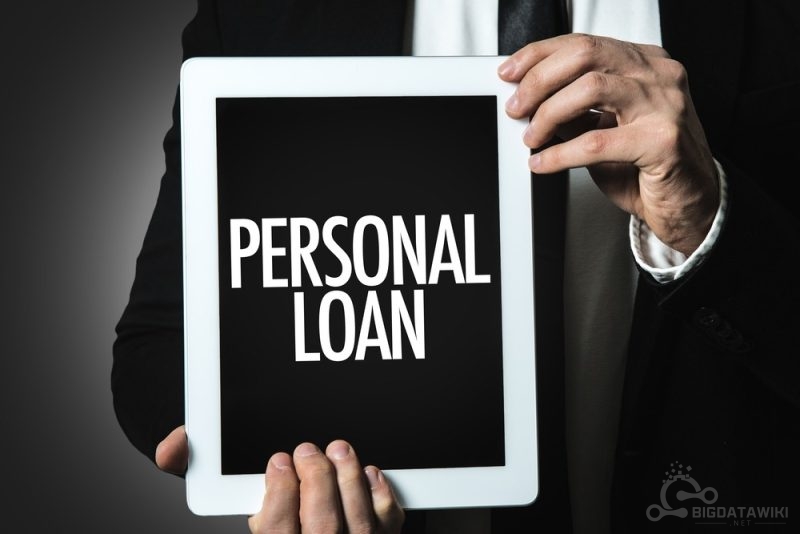Personal loans can be a valuable financial tool when you need to cover unexpected expenses or fund important ventures. However, it’s crucial to understand the true cost of borrowing before committing to a loan. In this article, we’ll delve into the various factors that determine how much are personal loans will actually cost you.
Table of Contents
Understanding Personal Loans
What Are Personal Loans?
Personal loans are unsecured loans offered by financial institutions, allowing individuals to borrow a lump sum of money for various purposes, such as consolidating debt, making a large purchase, or covering medical expenses. Unlike secured loans, personal loans don’t require collateral.

How Do Personal Loans Work?
To obtain a personal loan, you apply with a lender, specifying the amount you need and your financial details. If approved, you’ll receive the funds in a lump sum, and then repay the loan with interest over a specified period.
Interest Rates and APR
Different Types of Interest Rates
Personal loans may come with fixed or variable interest rates. Fixed rates remain constant throughout the loan term, providing predictable monthly payments. Variable rates, on the other hand, may fluctuate based on market conditions.
Calculating APR
The Annual Percentage Rate (APR) encompasses not only the interest rate but also any fees associated with the loan. It provides a more comprehensive view of the loan’s cost and helps in comparing different offers.

Fees Associated with Personal Loans
Origination Fees
Some lenders charge an origination fee, typically a percentage of the loan amount, to cover processing costs. It’s essential to factor in this fee when assessing the total cost of the loan.
Prepayment Penalties
Before committing to a loan, inquire about prepayment penalties. These fees are charged if you pay off the loan before the agreed-upon term. Understanding prepayment terms is crucial for potential savings.
Late Payment Fees
Missing a payment can lead to late payment fees, potentially increasing the overall cost of the loan. It’s vital to be aware of the lender’s policies regarding late payments.
Hidden Costs to Watch Out For
Insurance Charges
Some lenders may offer insurance options, such as payment protection insurance or life insurance, which can add to the cost of the loan. While these can provide valuable protection, it’s important to evaluate if they’re necessary for your situation.
Add-Ons and Optional Features
Lenders may offer add-ons or optional features, such as extended warranties or membership benefits. While these may seem appealing, they can contribute to the overall cost of the loan.
Comparison Shopping for Personal Loans
Using Loan Comparison Tools
Utilize online tools and resources to compare loan offers from different lenders. Pay attention to interest rates, APR, and fees to make an informed decision.
Evaluating Terms and Conditions
Carefully read and understand the terms and conditions of the loan agreement. Look for any clauses or conditions that could impact the overall cost.
Impact on Credit Score
How Personal Loans Affect Credit
Taking out a personal loan can impact your credit score. Timely payments can have a positive effect, demonstrating responsible financial behavior. However, late or missed payments can negatively affect your creditworthiness.
Responsible Borrowing Practices
To minimize the cost of a personal loan, borrow only what you need and ensure you can comfortably make the monthly payments. Responsible borrowing not only saves money but also helps maintain a healthy credit profile.
Alternatives to Personal Loans

- Credit Cards: Using a credit card can be a convenient way to access funds, especially for smaller expenses. However, be cautious of high-interest rates if you carry a balance.
- Home Equity Line of Credit (HELOC): If you own a home, you can borrow against the equity you have in your property. This can provide you with a lower interest rate compared to some other forms of credit.
- Secured Loans: These loans are backed by collateral, such as a car or a savings account. They often come with lower interest rates because the lender has some security.
- Peer-to-Peer Lending: Platforms like Prosper or Lending Club connect borrowers with individual investors. These loans can sometimes have more flexible terms than traditional bank loans.
- Borrowing from Retirement Accounts: Some retirement accounts allow you to take out loans against your balance. However, this should be done cautiously as it can impact your long-term retirement savings.
- Family and Friends: Borrowing from family or friends can be an option if they are willing and able to lend you money. However, it’s important to formalize the agreement and stick to the terms to avoid straining relationships.
- Salary Advances or Workplace Loans: Some employers offer employees the option to access a portion of their salary in advance. These are typically low-cost or interest-free.
- Government Assistance Programs: Depending on your location and circumstances, there may be government programs that offer financial assistance or low-interest loans for specific purposes.
Conclusion
While personal loans can provide essential financial support, understanding their true cost is paramount. By considering interest rates, fees, and hidden costs, you can make an informed decision that aligns with your financial well-being.
You can follow Bigdatawiki.net to update more useful information, and can help you in life or at work.

